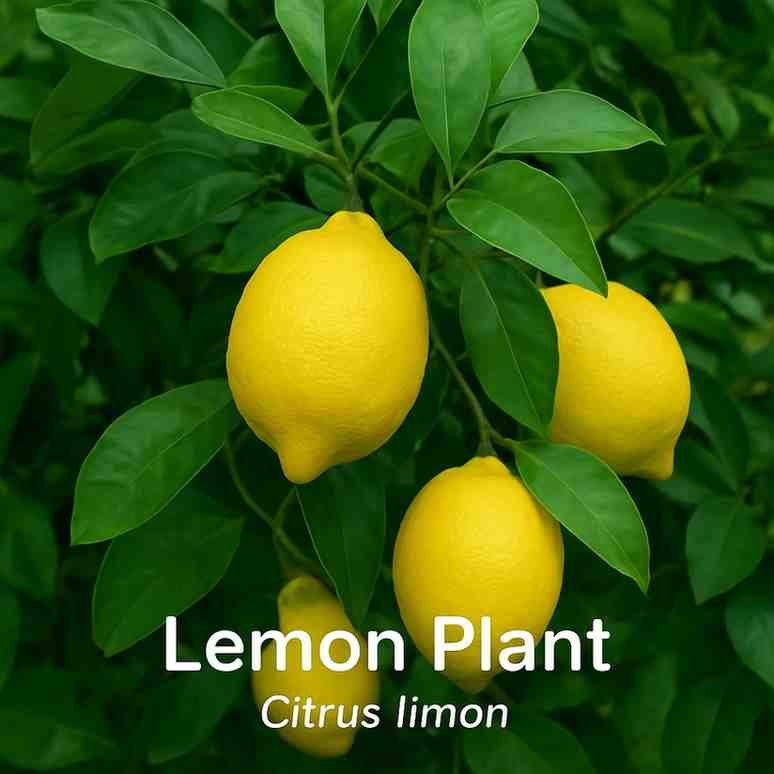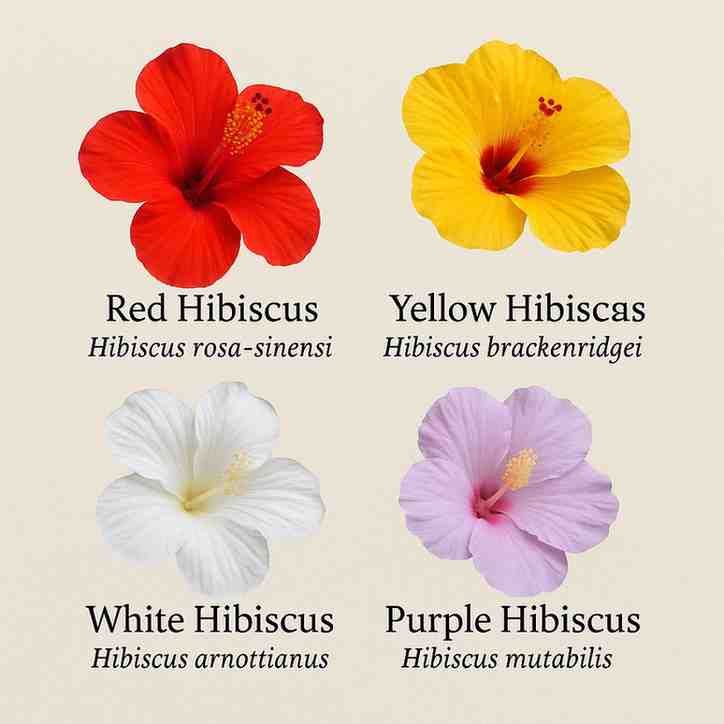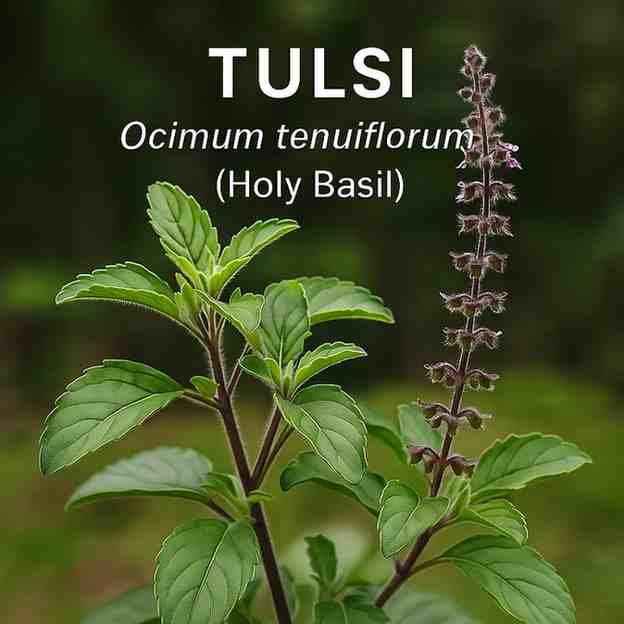What is the scientific name for lemon? The lemon scientific name is Citrus limon.
Lemon is one of the most popular citrus fruits worldwide. Lemons are of great importance in most kitchens and traditional medicine due to their mouth-watering, tangy taste, as well as many health and household uses. The detailed agenda will explain the lemon scientific name, its pronunciation, botanical classification, uses, benefits, Latin and biological meanings, along with descriptions of the tree, leaves, and flowers.
Table of Contents
What is the Scientific Name for Lemon?
Citrus limon is the scientific name for lemon. Citrus is a term applied to flowering plants that include the lemons, oranges, and limes. The term limon derives from words with Persian and Arabic origins, meaning “sour fruit.” This name became popularized internationally, thereby enabling scientists and farmers to classify and investigate lemons easily.
How to pronounce the lemon scientific name?
Citrus limon is pronounced SIT-rus LEM-on or SIT-rus LEE-mun with the stress on the first syllable of both names.
breakdown follows:
Citrus:
- /ˈsɪt.rəs/
- SIT: As in ”sit.
- rus: As in ”surplus”.
Limon:
- /ˈlɛmən/ or /ˈlimɒn/
- LEM: As in the English word lemon.
- on: As in ”on”.
Therefore, the final analysis gives SIT-rus LEM-on as the actual pronunciation.
Meaning of the scientific name of the lemon
The Latin word citrus in Citrus limon means “citron tree” or is applied to any tree of the genus Citrus, the species from which the lemon is derived. The name itself presumably comes from some similar aromatic tree or cedar, which passed into Latin and then into Modern Latin for the genus of citrus fruits.
Biological Classification of Lemon Plant
| Rank | Classification |
|---|---|
| Kingdom | Plantae (Plants) |
| Clade | Angiosperms (Flowering plants) |
| Clade | Eudicots |
| Clade | Rosids |
| Order | Sapindales |
| Family | Rutaceae (Citrus family) |
| Genus | Citrus |
| Species | limon (Lemon) |
Lemon Plant: Fruit and Leaves
The lemon tree plant is also known as Citrus limon. The lemon tree is an evergreen tree that can grow to a height of about 20 feet and also bears fruit.
| Part | Description |
|---|---|
| Height | 10–20 ft (3–6 m) |
| Leaves | Glossy, green, oval-shaped |
| Flowers | White, fragrant, sometimes purple-tinted |
| Fruit | Oval, yellow, juicy, acidic |
| Seeds | Small, oval, white inside |
- Shiny green leaves,
- Beautifully fragrant white flowers,
- Bright yellow fruits full of juicy pulp.
The lemon tree flourishes best in warmer climates, being subtropical, and is cherished not just for its fruit but also for its breathtaking charm and year-round blooming flowers.
Lemon Fruit:
The lemon fruit, with the scientific name Citrus limon, is an oval, bright yellow fruit that is filled with vitamin C, citric acid, and antioxidants. Besides being eaten fresh, lemon is widely known for:
- Juices and drinks
- Cooking and baking
- Pickling and preserves
- Herbal medicine
Nutritional Value of Lemon Fruit
| Nutrient | Amount (per 100g) | Health Benefit |
|---|---|---|
| Vitamin C | 53 mg | Boosts immunity |
| Potassium | 138 mg | Maintains heart health |
| Fiber | 2.8 g | Aids digestion |
| Citric Acid | 5–6% | Prevents kidney stones |
| Antioxidants | High | Fights free radicals |
Lemon Leaf:
The lemon leaf’s scientific name also falls under Citrus limon. Lemon leaves are glossy green and aromatic. They are sometimes used in:
- Herbal teas for easing the mind
- Cooking for a mild citrus fragrance
- Traditional remedies to relieve stress.
Packed with vital nutrients, lemons function as natural immunity boosters due to their vitamin C and antioxidant content, while citric acid maintains kidney health.
Uses of Lemon

1. Cooking
- For drinks like lemonade and cocktails
- To add flavor to dishes, sauces, and desserts
- In pickling and preserving food
The culinary value of lemons lies in the variety of flavors they impart to both sweet and savory recipes, emphasizing their role in spice, freshness, and acidity.
2. Medical Uses:
- Used in the treatment of scurvy, which is caused by a deficiency of vitamin C
- Useful for digestion and detoxification
- Protects skin health (minimizes acne, brightens skin)
- Remedy for weight loss (lemon water)
Medicinally, lemons are considered to have immense healing properties in digestion, skin care, and immunity.
3. Household Uses:
- Used as a natural stain and grease remover
- Natural deodorizer
- Food preservation
The household use of lemon as a green cleaning agent is quite common.
Popular Types of Lemons
| Variety | Features |
|---|---|
| Eureka Lemon | Most common, grown worldwide |
| Lisbon Lemon | Cold-tolerant, similar to Eureka |
| Meyer Lemon | Sweeter, hybrid of lemon & mandarin |
| Ponderosa Lemon | Very large fruit, thick skin |
| Verna Lemon | Popular in Spain, used for juicing |
Different lemons are suited to different purposes: Meyer lemons are sweeter and make a good dessert lemon, while Eureka is the most common choice for juicing and cooking.
Health benefits of lemons
- Heart healthy: Potassium helps regulate blood pressure.
- Boost immunity: High levels of vitamin C strengthen the body’s defenses.
- Aids digestion: Lemon juice kick-starts digestive enzymes.
- Better skin: Vitamin C and antioxidants reduce wrinkles and brighten the skin.
- Prevent kidney stones: Citric acid prevents mineral deposits from forming.
- Weight loss: Lemon water improves hydration and metabolism.
Thus, lemons can safely comprise a highly versatile natural remedy that combines flavor and medicinal value.
Origin and Distribution of Lemons
Lemons are thought to have originated in northeastern India, northern Myanmar, and China. Traders and explorers spread lemons to the Middle East and Europe, and later to the Americas.
Today, major lemon-producing countries include:
- India
- Mexico
- Argentina
- Spain
- United States (especially California and Florida)
Common Names of Lemon in Different Languages
| Language | Common Name |
|---|---|
| English | Lemon |
| Spanish | Limón |
| French | Citron |
| German | Zitrone |
| Italian | Limone |
| Hindi | Nimbu (नींबू) |
| Urdu | Nimbu (لیموں) |
| Arabic | Laymūn (ليمون) |
| Chinese (Mandarin) | Níngméng (柠檬) |
| Japanese | Remon (レモン) |
Conclusion
The binomial name for lemons is Citrus limon. This evergreen citrus tree produces one of the most valuable trees in the world. From the scientific names of the lemon tree, lemon leaves, and fruit, in terms of their nutrition, origin, and uses, lemons are not only food items but also aspects of natural medicines and environmentally friendly solutions.
Also Read:
- Chili Scientific Name, Genus, Types, Uses, and its Benefits
- Potato Scientific Name, Genus, Types, Uses, and Benefits
- Scientific Names of Vegetables: Cruciferous, Leafy, and Root List
FAQs about Lemon
What is the scientific name of lemon?
Citrus limon is scientific name of lemon.
Are lemon and lime the same?
No. Lemon (Citrus limon) is yellow and sour, while lime (Citrus aurantiifolia) is green and slightly bitter.
What is the benefit of drinking lemon water daily?
Lemon water boosts hydration, supports digestion, improves skin health, and strengthens immunity.
Is lemon a fruit or vegetable?
Lemon is a fruit, specifically a citrus fruit.


Hi! I could have sworn I’ve been to this blog before but after reading through some of the post I realized it’s new to me. Nonetheless, I’m definitely delighted I found it and I’ll be bookmarking and checking back frequently!